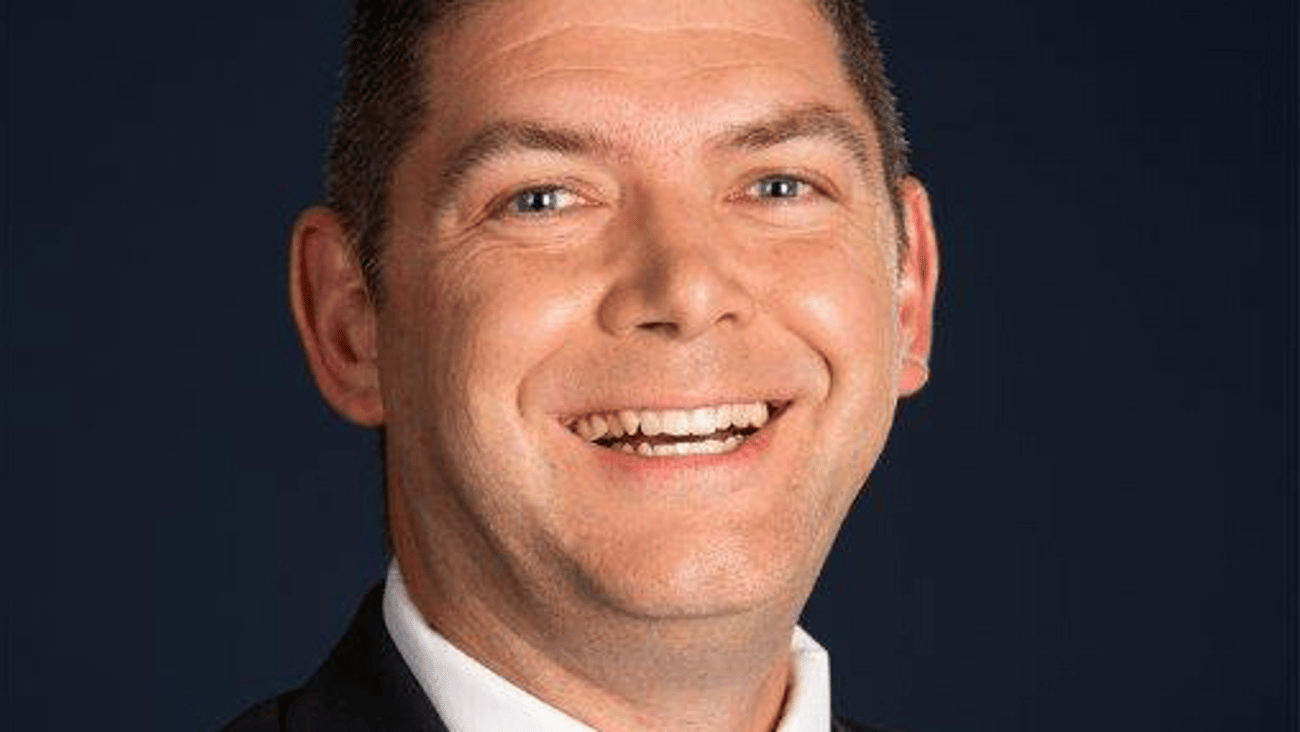The hope of healthcare—value-add or adding value?
During my time in chain pharmacy, I have seen several different programs come down the road, with varying levels of success. Many of these programs were offered at no charge in an effort to gain customers and increase market share. We would refer to these as “value-add” programs. The intent was to increase the perceived value a customer received from using our pharmacy.
Here’s a formula that has served me well throughout my career:
Quality = Value/Cost or Q=V/C
As we seek to improve quality, we have two levers we can manipulate. You can increase value and/or decrease cost. If value increases, quality increases. If cost decreases, quality increases. You get the idea.
Throughout my career, the story has always seemed to focus on decreasing cost to improve quality. You and I can likely agree that decreasing costs has a lower limit. If we aren’t yet at that lower limit, we certainly aren’t too far from it! At some point you simply can no longer decrease costs as a means of improving quality.
Along the way, however, there have been various ideas that have come down the road as ways of increasing value.
For example, let’s say we wanted to attract more customers with diabetes. One of the things we could do is provide patients access to diabetic-friendly dietary advice, supplements, or even recipes. A program like this was intended to add value to the customer and make our pharmacies more attractive to those with diabetes.
Two major challenges I have observed with a strategy like this:
- A ton of lip service may be given to such a program, but limited execution and poor consumer uptake can often be observed.
- The customer’s perceived value of the program is negligible.
The end result is that value-add programs can often be underwhelming in the actual value presented to a customer.
The Value Add (VA) would make our formula look something like this:
Q=(V+VA)/C
It should be noted that VA is typically a very small number. As such, the improved quality is often minuscule at best.
This series of articles has been titled the “Hope of Healthcare.” More specifically, we are examining the possibility of pharmacists and pharmacies being the hope of healthcare. If healthcare is going to improve, we believe pharmacists will need to play an integral role.
So, I would like to contrast the value-add concept with something slightly different: adding value, which is a different concept entirely!
If your experience is anything like mine, the ability to add value to our patients and customers is a seismic shift! I wish I could say it is just as easy as offering value-add programs, but it not. Adding value is an intentional effort to make a relevant impact in the lives of the patients we serve. Adding value is key to leading patients to better health.
While many pharmacies may offer similar (if not identical) value-added services, adding value is all about helping our patients solve problems and manage their medications and conditions well.
In terms of our formula, adding value (AV) would adjust to look something like this:
Q=(V/C) + AV
I think you will find that adding value is a critical component of pharmacists being the hope of healthcare.
I should share this disclaimer with you. At this point, I am merely intending to point us in a direction of a better, improved future. I do not and will not claim to have everything figured out. One thing I have figured out, however, is a probable next step – and that step is adding value!
I should also clarify that as a general rule, value-add programs are offered at no, or very minimal costs. I do not believe the same statement must be made for adding value services. They could be low or no cost, and they just as easily could be very high-cost services.
As you consider ways to participate in being the hope of healthcare, don’t limit yourself by saying adding value services must be cheap. For now, simply have an open mind to the possibilities.
After all, possibilities can sometimes become realities.
Until next time
Jesse McCullough, PharmD
Connect with Jesse on LinkedIn



